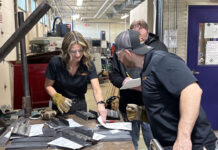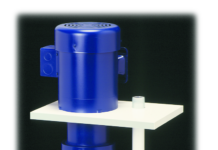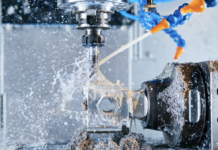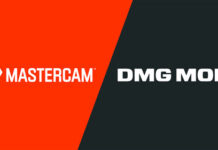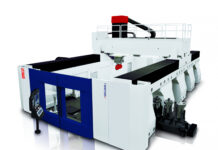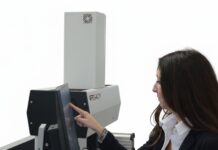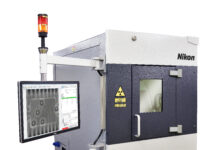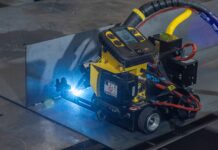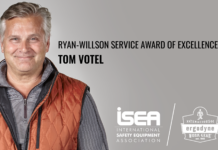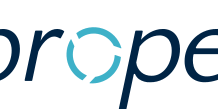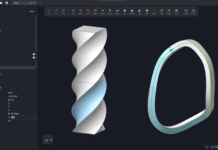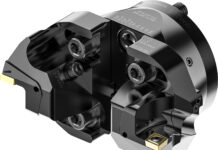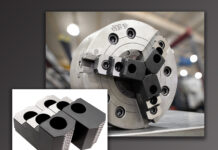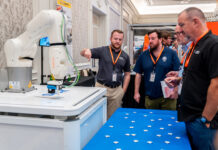At Sealing Equipment Products Company, Inc. (SEPCO), we are fortunate to have a low employment turnover rate. As a result, we have team members who have worked with us for more than 30 years. While this is a fantastic situation, changes in workflow processes can be challenging and meet resistance.
This is true in most industrial facilities, even if the changes are positive for the company and the personnel doing the work. When trying to drive change for the adoption of a new process, “We’ve always done it this way,” may be heard. For many good reasons, this mindset is especially hardwired in the maintenance and reliability world. So how do we combat it?
Take Advantage of Training Opportunities
Encourage and reward personnel who continuously strive for improvement. Acknowledge as they work to build toward their next role in the organization while aiming for excellence in their current role.
Tribal knowledge is great, but team members must be willing to evaluate and accept external information and guidance. Therefore, training (in the facility and outside) is critical for individual and team growth. In addition, as team members train outside our facility, they bring new techniques and knowledge to the plant that they can share with everyone else.
Building a culture based on continuous improvement and development sets personnel up to accept and support changes. It also sets them up for success. If rewards are built into this culture, acceptance may be even greater.
Buy-in from Everyone
Success is only realized if everyone lives the culture and accepts it. Managers and supervisors cannot be the only people who believe in the strategy. Champions on the plant floor or within the sales team must be identified and allowed to encourage others to use the new technology or try the new technique.
Ownership of the changes must live with the people who make them happen. They should have decision power and be applauded for pushing ideas and questions up the chain of command.
Empower Personnel
Continue to encourage fresh ideas and strategies; listen to everyone. Conversation, introspection, and debate can lead to new strategies and the refinement of old ones. Let personnel know that they can and should bring new ideas to your management team. They need to feel empowered to think for themselves and know that they are heard.
One Example: Reinforcing Our Safety Culture
SEPCO has had a dedicated safety team in our facilities for many years. However, from time to time we wrestle with the challenge of an us-against-them environment. To combat that potential and to decide how to better integrate safety policies and procedures, we empowered a safety committee. This committee was made up of volunteers of both plant and office personnel.
While policy changes must ultimately be approved, the committee designs and recommends change. Perhaps most importantly, this committee is backed by a budget. The committee members regularly have additional external training opportunities. Employees have a “train the trainer” mentality and bring their knowledge back to work. This more fully involves all team members.

